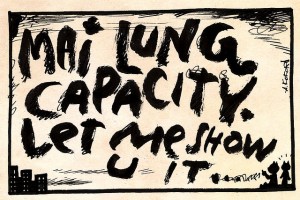In 3-minute thesis competitions, participants explain their research projects (the why, the how, and the implications for the real world) to non-experts in three minutes or less. The speaker of the best presentation wins. Great presenters will:
- speak clearly and unhurriedly;
- vary their pitch;
- incorporate a story, include a metaphor from everyday life, and/or strike an emotional cord in the listener;
- mention unexpected/interesting facts about their topics (e.g., Silver changes the color of your tongue to blue.); and
- provide tangible examples.
The “CHEE 687: Research Skills and Ethics” class watched some 3-minute thesis competitors in action to prepare for their own presentations. My favourite 3-minute thesis talk was from Balarka Banerjee. We also discussed elements of a good PowerPoint presentation, which:
We also discussed elements of a good PowerPoint presentation, which:
- has minimal content on each slide;
- contains descriptive/specific headings (rather than general and predictable headings like Introduction, Background, Results, Conclusions);
- engages the audience at the beginning of the presentation with news headlines, statistics, or a story;
- includes consistent formatting throughout;
- utilizes a light background with dark text;
- employs graphics to explain phenomena, processes, and/or concepts; and
- includes citations for any images used (when not your own) on the slide itself.
This is the sixth in a series of weekly posts about topics relating to research skills and ethics. I will be taking a temporary hiatus from blogging and will resume writing this series later on in 2016. Happy holidays!
Image from the Laugh-Out-Loud Cats cartoon strip by Adam “Ape Lad” Koford (creative commons license)
